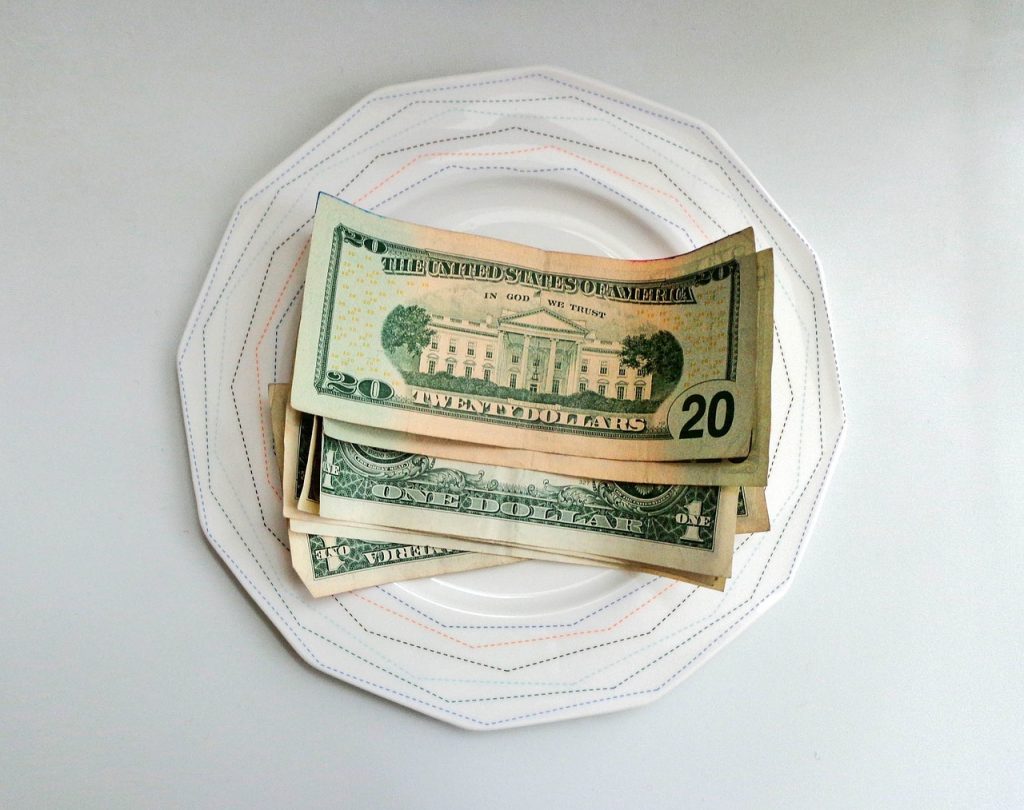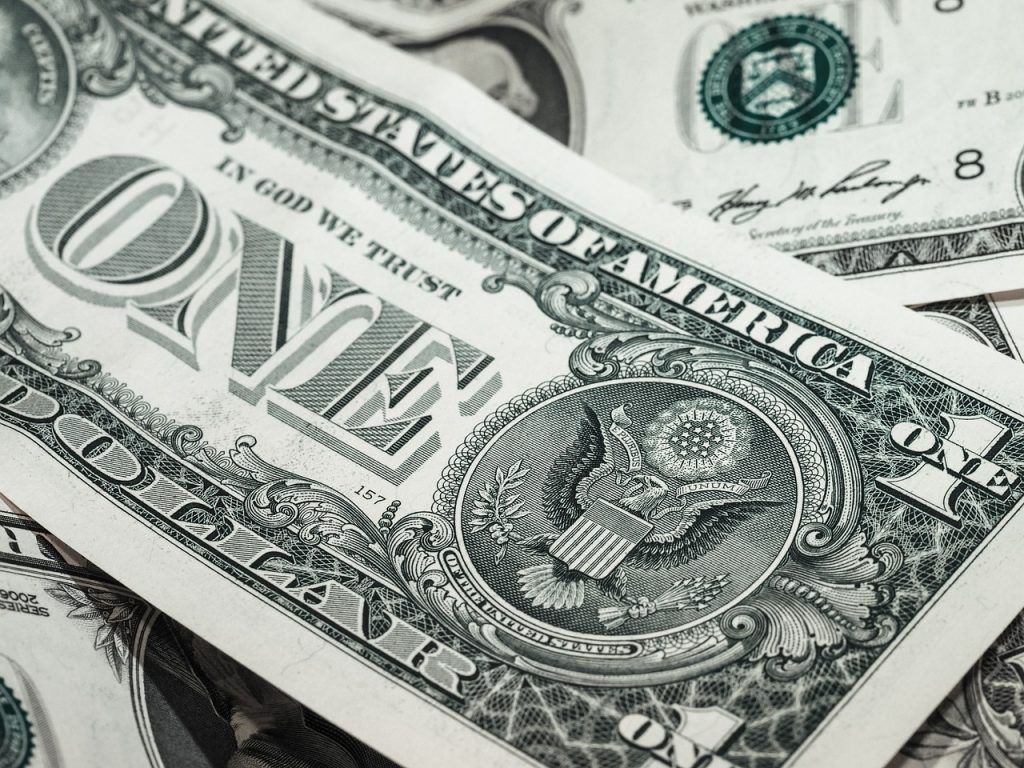Restaurant Diners Are Becoming Stingier When Tipping
Tipping rates are declining rapidly as diners become less and less generous.
This article is more than 2 years old

In the United States, Tipping has always been an integral part of the dining experience. Restaurant industry workers rely on tips as an essential fraction of their income, making tipping even more necessary in precarious, pandemic-influenced circumstances. Studies show that tips have generally been decreasing since the beginning of the pandemic, a concerning trend for workers nationwide.
In the last couple of months, tipping has dropped by 10% since the peak generosity of March 2020. When quarantine began, people around the United States were more interested in giving a few extra bucks to services workers, delivery drivers, waitstaff, etc. This benevolence was reflected in an average tip of 22.2% in April 2020, while the tipping standard averaged 19.7% in February 2020.
At full-service restaurants, staff experienced a similar tipping escalation during the early pandemic period. Average tips went from 19% to 21.2% in April 2020. Though many people were quarantined across the nation, citizens felt a more significant obligation to tip higher or leave extra money for workers who wouldn’t usually receive it. In August 2021, while the pandemic still raged, tipping started to deescalate, dropping to a 19.1% average for full-service restaurants.
Even when the delta variant started spreading in summer 2021, tipping decreased to percentages lower than in pre-pandemic life. In a survey conducted in 2021 by CreditCards.com, tip amounts for full-service restaurants were estimated at 20%, while delivery drivers received an average of 17% and takeout at 15%. These estimates foreshadow the decline of people’s generosity, leading to tipping numbers continuing to decrease.

Though tipping is a crucial part of workers’ wages in America, not everyone feels they’re obligated to tip. In 2019, a survey polled thousands of adults to learn about widespread tipping practices. 77% of adults said they always tipped at restaurants, which decreased in 2021 to 75%. The same survey found that only 59% of people believed in tipping delivery drivers in 2021, which was 64% two years prior. Though there aren’t massive discrepancies between the percentages, the trend shows a decline in US citizens’ willingness to tip waitstaff and service industry workers.
With mass workers shortages in the restaurant industry, businesses are under immense stress in 2022. A disturbing trend of customers acting out in local shops and enterprises due to minimal staff, extended wait time, and inflated costs has unfortunately impacted tipping. Everyone’s frustration with the pandemic is understandable, but some US citizens still believe restaurants should operate normally due to massive vaccine distribution. Of course, this is not the case since the pandemic rages on and impacts every industry globally, from insufficient staff to inflated transportation expenses.
Though tipping averages are decreasing, the 20% tip that many assume as the standard may not be enough anymore. Sugapeach Chicken & Fish Fry, a restaurant in Iowa City, experienced 20% to 25% tips on average for counter service and takeout orders. Though the restaurant team regards 25% as necessary for businesses operating during a pandemic, labor shortages persist. Though wages vary from state to state, the federal minimum wage for tipped workers is at a startling $7.25. A failure for legislators to impose a real living wage has pushed workers out of restaurant-industry jobs nationwide.






